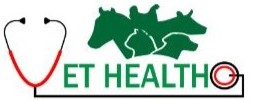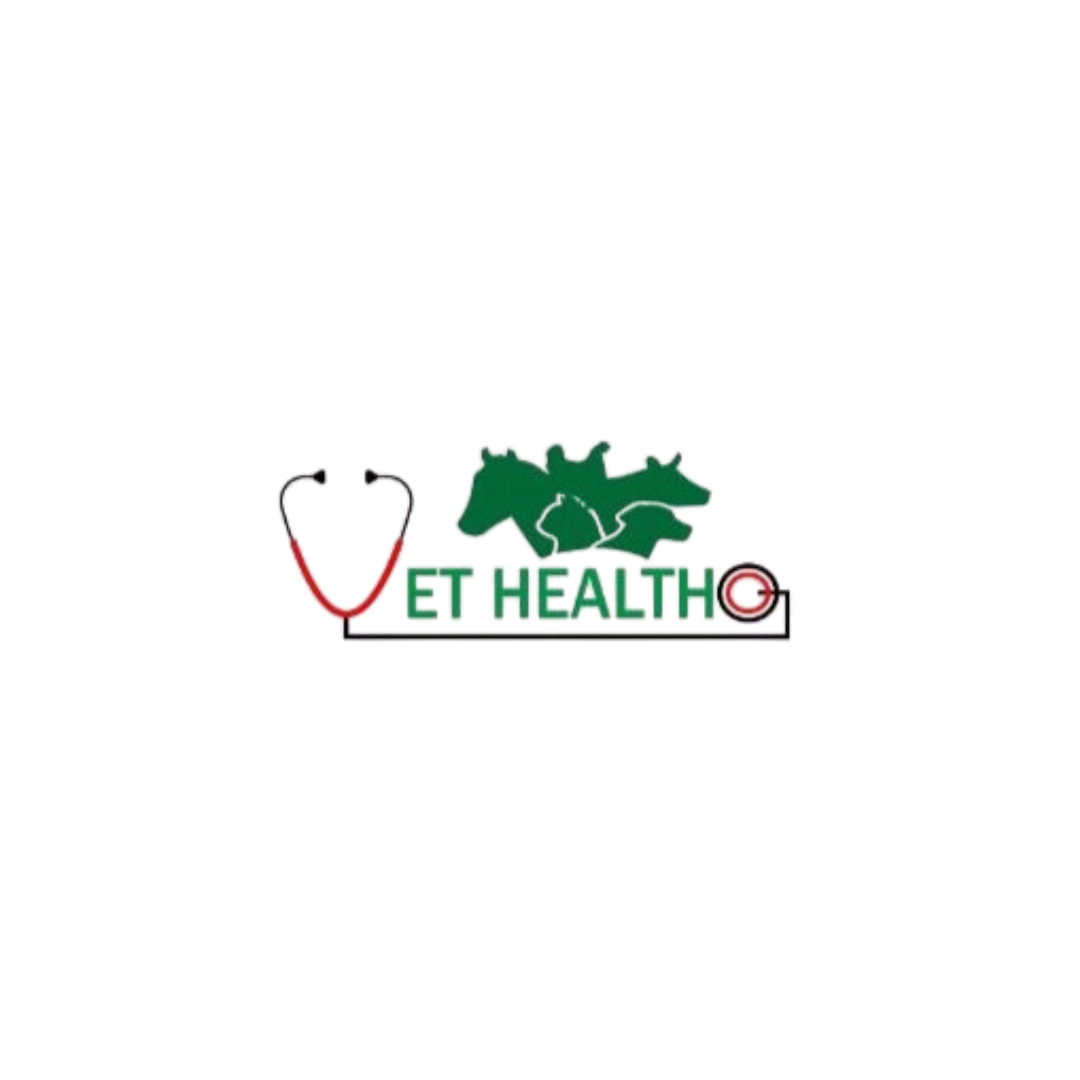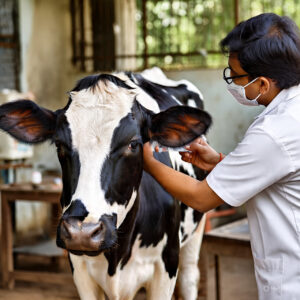Maintaining a balanced diet for dairy cows is crucial to enhance milk production, prevent diseases, and ensure overall herd well-being. A scientifically designed feeding plan not only meets the nutritional demands of high-yielding cows but also supports their digestive health and fertility. A balanced diet is the cornerstone of productive and healthy dairy cows. Providing cows with the right combination of nutrients ensures optimal milk yield, fertility, and resistance to diseases. Many farmers overlook the importance of ration planning, leading to nutritional imbalances that negatively affect both cow health and milk output.
✅ Key Components of a Balanced Diet for Dairy Cows:
- Roughage (60-70% of total diet)
- Includes green fodder, hay, and silage.
- Essential for rumen function and fiber digestion.
- Concentrates (20-30%)
- Energy-rich grains like maize, barley, and oil cakes.
- Should be adjusted based on lactation stage.
- Protein Supplements
- Use soybean meal, cottonseed cake, or urea-treated fodder.
- Required for growth and milk protein synthesis.
- Minerals and Vitamins
- Add mineral mixtures containing calcium, phosphorus, and trace elements.
- Vitamin A, D, and E play a crucial role in immunity and reproduction.
- Clean Water Access
- A high-yielding cow may require 70–100 liters of water daily.
- Always provide clean and fresh water.
- Feed Scheduling
- Maintain a consistent feeding routine to avoid digestive stress.
- Divide feed into two or three meals a day.
🌿 Special Tips:
- Avoid sudden changes in feed to prevent rumen disorders.
- Use Total Mixed Ration (TMR) techniques if possible.
- Monitor body condition score and adjust feed accordingly.
- Include probiotics or yeast culture to improve digestion.
A scientifically formulated diet improves not just milk quantity but also its quality, enhancing fat and SNF (Solid-Not-Fat) levels. With the right balance of nutrients, cows stay more fertile, healthy, and stress-free.
Feeding Strategies to Improve Milk Production in Dairy Cows
Feeding dairy cows is not just about quantity; it’s about the quality and balance of nutrients that match their physiological stage. High-yielding cows, especially in early lactation, require energy-dense diets to avoid negative energy balance. Lack of proper nutrients in this phase can lead to metabolic disorders such as ketosis, milk fever, and displaced abomasum.
Common Mistakes in Dairy Cow Diet Planning
Dry cows also require careful diet planning. During the dry period, a cow’s diet must focus on body maintenance, udder regeneration, and preparing for the next lactation. Limiting calcium intake during this phase helps reduce milk fever risk post-calving.
Inclusion of bypass proteins and rumen-protected fats can be extremely beneficial in improving milk quality and reproductive performance. These advanced feed ingredients bypass the rumen and are absorbed directly in the intestine, supporting vital bodily functions.
For organic or small-scale farms, incorporating local and seasonal fodder options—such as azolla, cowpea leaves, and maize silage—can be cost-effective and nutritionally sound. Farmers should regularly consult with a veterinary nutritionist to tailor feed as per the herd’s genetics, climate, and farm conditions.
Proper storage of feed, regular ration evaluation, and ensuring hygienic feeding practices go a long way in improving digestive efficiency and reducing feed wastage, leading to a healthier and more profitable dairy operation.




